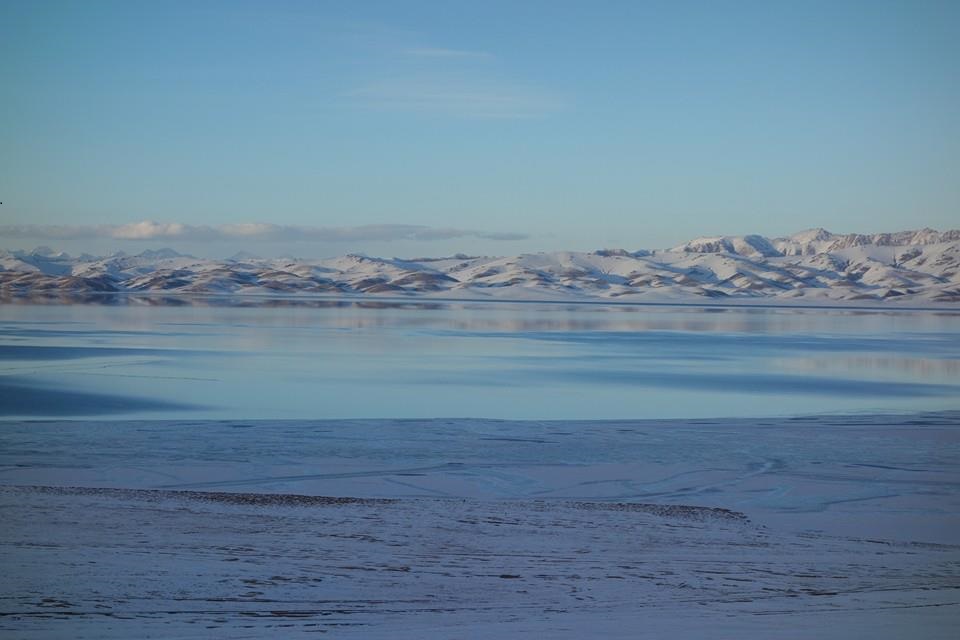Around 2000, Kenji Fukaya and I proposed the construction of
virtual fundamental cycle/chais with integer coeffients under the condition that
the moduli spaces carry consistent (relative) stable complex structures. Starting with
the construction of virtual fundamental cycle/chains with rational coefficents,
I will explain our ideas for the construction with integer coefficients.
--------------------------------------------------------------------------------------------------------------------------------------------------
ZOOM meeting shall be opened at 11.15 and closed at 1 PM. Join Zoom Meeting
https://cesnet.zoom.us/j/99598413922?pwd=YXNFbk50aVhleXhWSGtISFViLytRUT09
Meeting ID: 995 9841 3922
Passcode: Galois
virtual fundamental cycle/chais with integer coeffients under the condition that
the moduli spaces carry consistent (relative) stable complex structures. Starting with
the construction of virtual fundamental cycle/chains with rational coefficents,
I will explain our ideas for the construction with integer coefficients.
--------------------------------------------------------------------------------------------------------------------------------------------------
ZOOM meeting shall be opened at 11.15 and closed at 1 PM. Join Zoom Meeting
https://cesnet.zoom.us/j/99598413922?pwd=YXNFbk50aVhleXhWSGtISFViLytRUT09
Meeting ID: 995 9841 3922
Passcode: Galois


